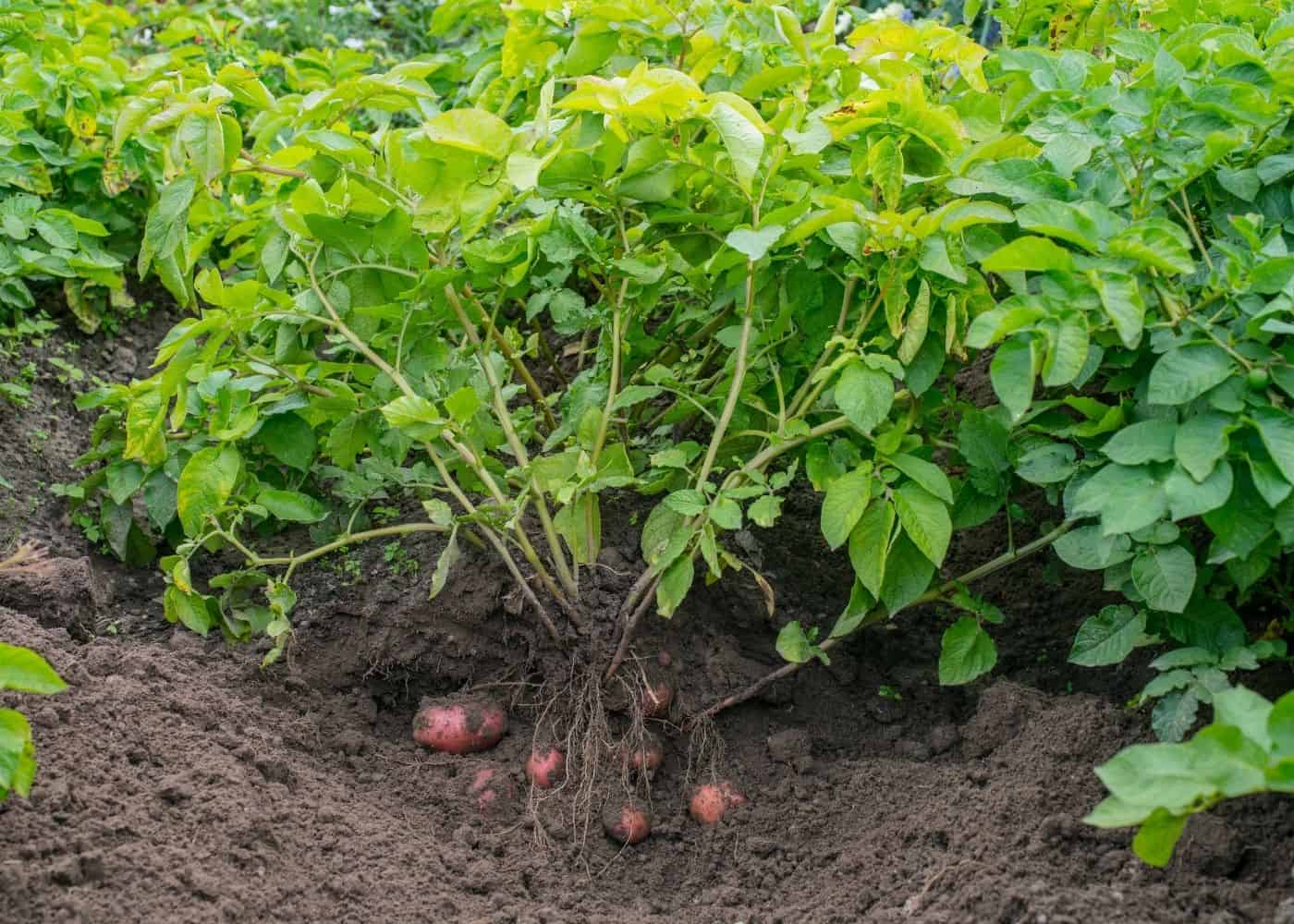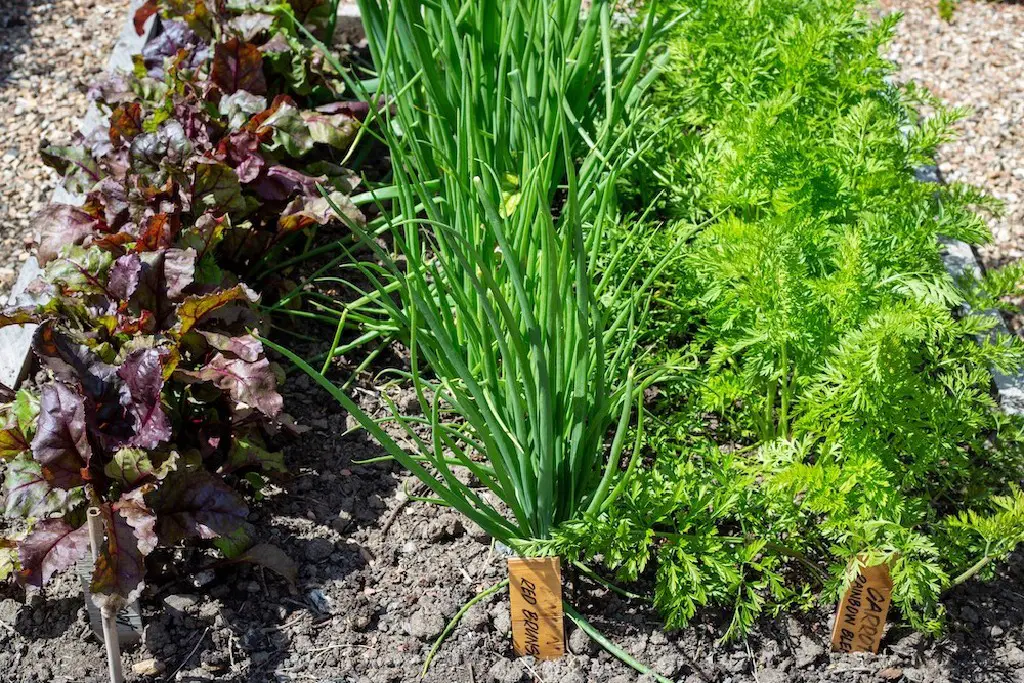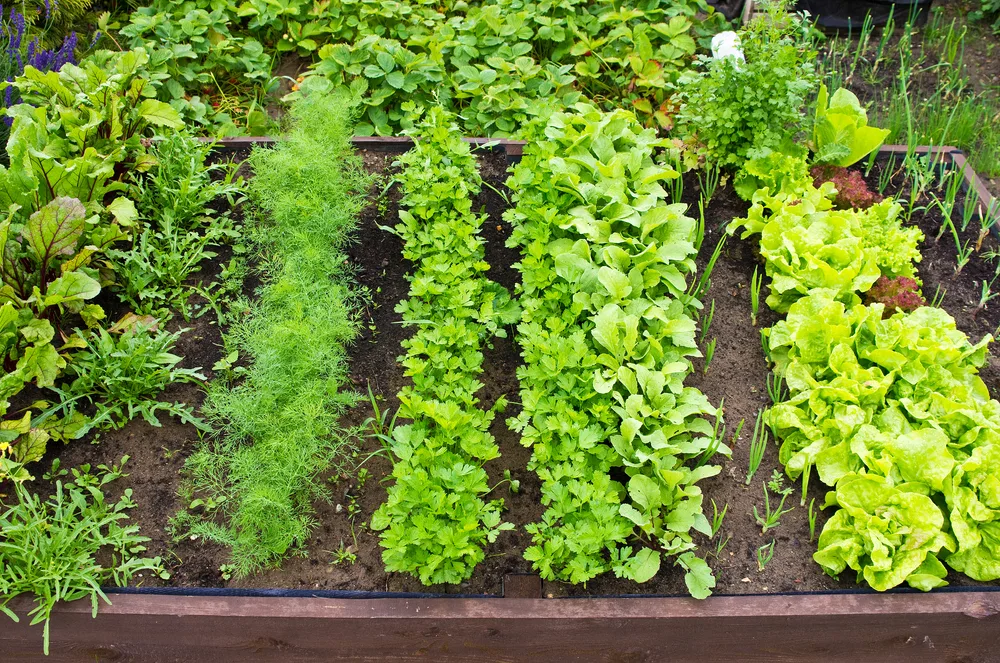Bad Companion Plants That Will Ruin Your Garden
Bad Companion Plants That Will Ruin Your Garden
Companion planting is a gardening technique that involves planting certain plants together to benefit each other. By understanding the relationships between different plants, you can create a more productive and pest-resistant garden. However, it's important to be aware of the plants that should not be planted together, as they can actually harm each other.
In this blog post, we will discuss some of the bad companion plants that you should avoid planting in your garden. We will also provide some tips on how to choose the right companion plants for your needs.
What are bad companion plants?
Bad companion plants are plants that can have a negative impact on each other's growth or health. This can happen in a number of ways, such as:
- Competitive exclusion. Some plants are more aggressive than others and can outcompete their neighbors for water, nutrients, and sunlight. This can stunt the growth of the weaker plant and reduce its yield.
- Allelopathy. Some plants release chemicals that can inhibit the growth of other plants. This is known as allelopathy. For example, fennel produces a chemical that can stunt the growth of many other plants.
- Attracting pests and diseases. Some plants can attract pests or diseases that can also harm nearby plants. For example, tomatoes and potatoes are both susceptible to the same diseases, so planting them together can increase the risk of infection.
Here are some of the bad companion plants that you should avoid planting together:
- Tomatoes and potatoes. As mentioned above, tomatoes and potatoes are both susceptible to the same diseases, so planting them together can increase the risk of infection.
- Cabbage and strawberries. Cabbage and strawberries attract different pests, so planting them together can actually attract more pests to your garden.
- Carrots and dill. Dill can release chemicals that inhibit the growth of carrots.
- Cucumbers and basil. Basil can attract whiteflies, which can harm cucumbers.
- Fennel and lettuce. Fennel produces a chemical that can stunt the growth of lettuce.
How to choose the right companion plants
When choosing companion plants, it's important to consider the following factors:
- The plants' growth habits. Some plants are tall and need plenty of space, while others are short and bushy. Make sure to choose plants that will not crowd each other out.
- The plants' water and nutrient requirements. Some plants are heavy feeders, while others are more drought-tolerant. Make sure to choose plants that have similar water and nutrient needs.
- The plants' susceptibility to pests and diseases. Some plants are more susceptible to pests and diseases than others. Avoid planting these plants together.
There are many resources available to help you choose the right companion plants for your garden. You can find books, websites, and even apps that can help you make informed decisions.
By understanding the relationships between different plants, you can create a more productive and pest-resistant garden. By avoiding bad companion plants, you can help to ensure the success of your garden.
When it comes to gardening, companion planting is a great way to attract beneficial insects, deter pests, and improve the overall health of your plants. However, it's important to be aware of which plants should not be planted together, as some can actually have a negative impact on each other's growth.
For example, tomatoes and potatoes should not be planted in the same garden, as they are both susceptible to the same pests and diseases. Beans and onions should also be avoided, as they can compete for nutrients and water. And fennel and lettuce should never be planted together, as fennel's strong aroma can stunt lettuce's growth.
If you're not sure which plants are good or bad companions, a great resource is Gardenia Inspiration. This website has a comprehensive list of companion plants, as well as information on why some plants should not be planted together.
FAQ of bad companion plants
- What are bad companion plants?
Bad companion plants are plants that, when grown near each other, can stunt each other's growth, attract pests, or even transmit diseases. Some common examples of bad companion plants include:
* Tomatoes and potatoes: These two plants are susceptible to the same diseases, so planting them near each other can increase the risk of infection.
* Carrots and dill: Dill can inhibit the growth of carrots.
* Peas and beans: These two legumes compete for nutrients, so planting them together can lead to poor growth.
* Cabbage and cauliflower: These plants are susceptible to the same pests, so planting them near each other can make them more attractive to insects.
* Onions and garlic: These strong-flavored plants can repel each other's growth.
- How do I know if two plants are bad companion plants?
There are a few ways to find out if two plants are bad companion plants. One way is to consult a companion planting chart. These charts list which plants are compatible with each other and which ones should be avoided. Another way to learn about bad companion plants is to talk to experienced gardeners. They can often share valuable insights about which plants should not be planted together.
- What can I do if I accidentally plant bad companion plants together?
If you accidentally plant bad companion plants together, there are a few things you can do. One option is to simply remove one of the plants. If you don't want to remove either plant, you can try to space them further apart. You can also try to plant a barrier between the two plants, such as a row of tall flowers.
- What are some tips for avoiding bad companion plants?
There are a few things you can do to avoid bad companion plants. One is to do your research before you plant anything. Consult a companion planting chart or talk to experienced gardeners to learn which plants are compatible with each other. You can also look for plants that are known to repel pests or diseases. Another tip is to be mindful of the spacing between your plants. Planting them too close together can increase the risk of competition for resources.
- What are some benefits of companion planting?
Companion planting is a gardening practice that involves planting certain plants near each other for mutual benefit. There are many benefits to companion planting, including:
* Improved crop yields: Companion plants can help to attract beneficial insects, repel pests, and improve soil health. All of these factors can contribute to increased crop yields.
* Disease and pest resistance: Companion plants can help to protect each other from diseases and pests. For example, marigolds are known to repel nematodes, which can damage tomatoes.
* Reduced need for pesticides: Companion planting can help to reduce the need for pesticides. By planting plants that attract beneficial insects, you can help to keep pests in check naturally.
* Enhanced flavor and nutrition: Some companion plants can actually enhance the flavor and nutrition of each other's crops. For example, planting beans near corn can help to improve the nitrogen content of the soil, which can benefit both plants.
Image of bad companion plants
- Tomatoes and potatoes: These two plants are both susceptible to the same diseases, so planting them together can increase the risk of infection.

- Cucumbers and melons: These plants can compete for nutrients and water, so it's best to plant them in separate areas of the garden.
- Carrots and onions: These plants can cross-pollinate, which can result in carrots that taste bitter.

- Beans and peas: These plants can attract the same pests, so it's best to plant them in separate areas of the garden.
- Herbs and vegetables: Some herbs, such as mint, can be aggressive and crowd out other plants. It's best to plant herbs in their own container or area of the garden.

Post a Comment for " Bad Companion Plants That Will Ruin Your Garden"